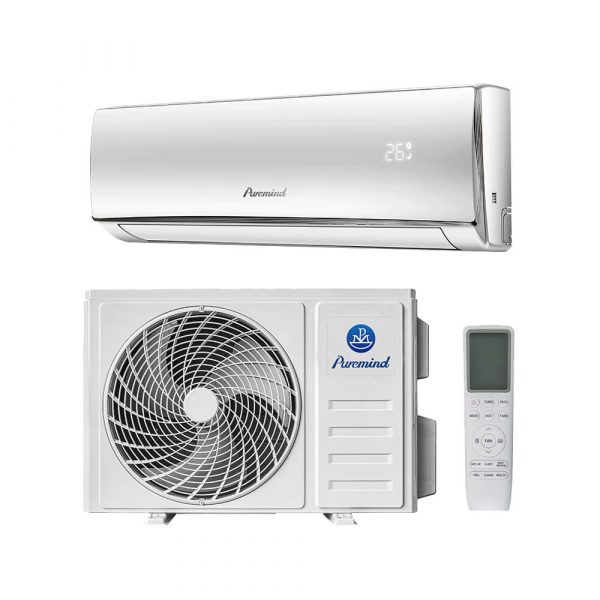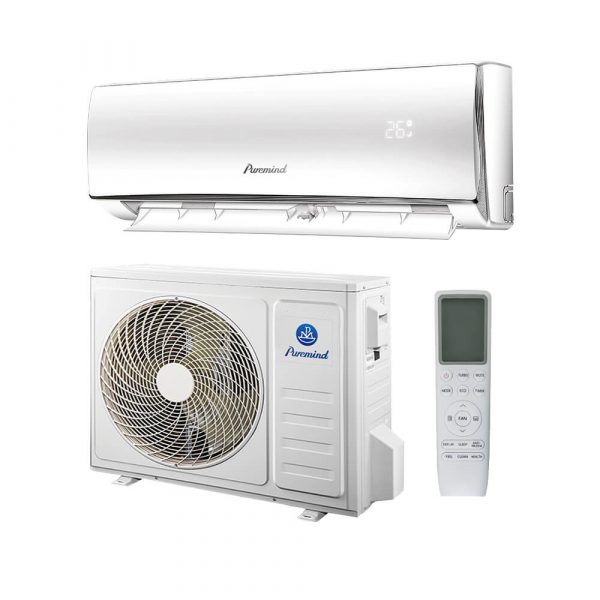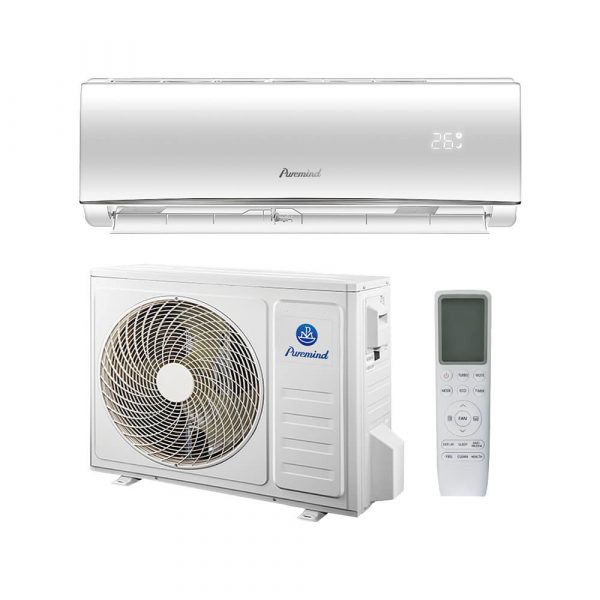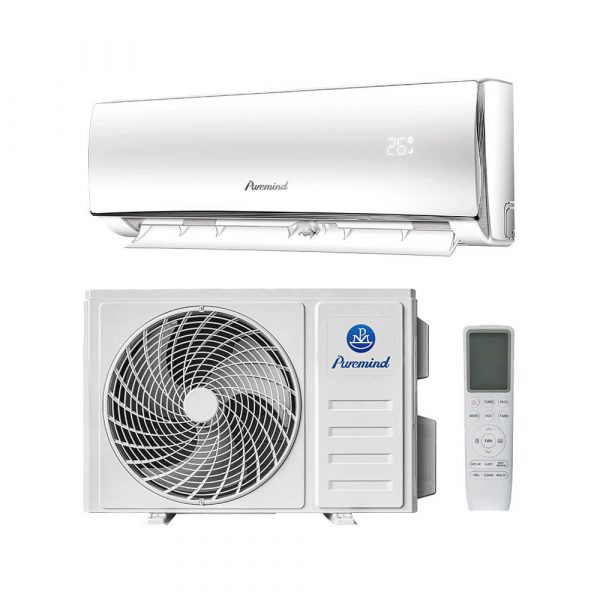Air Conditioners Split System: Complete Guide to Efficient Cooling Solutions
The air conditioners split system is one of the most popular choices for both residential and commercial HVAC applications. Known for its energy efficiency, quiet operation, and flexible installation options, the split system is favored by homeowners, contractors, and distributors worldwide. In this guide, we will cover how split systems work, their advantages, installation tips, and how to choose the right model for your needs.
What is an Air Conditioners Split System?
An air conditioners split system consists of two main units:
- Indoor unit – Contains the evaporator coil and blower to deliver cooled or heated air into the space.
- Outdoor unit – Houses the compressor and condenser coil, responsible for releasing or absorbing heat.
The two units are connected via refrigerant piping and electrical wiring, enabling efficient transfer of heat between indoor and outdoor environments. For more product options, visit our split air conditioner collection.
How Does a Split System Work?
The split system works through a refrigeration cycle:
- Compressor pressurizes refrigerant gas in the outdoor unit.
- Condenser coil releases heat to the outside air.
- Evaporator coil inside the indoor unit absorbs heat from indoor air.
- Blower circulates cooled or heated air back into the room.
Advantages of Air Conditioners Split System
- Energy Efficiency – Many models meet ASHRAE efficiency standards.
- Quiet Operation – Ideal for bedrooms, offices, and classrooms.
- Zoned Comfort – Ability to cool or heat specific rooms independently.
- Flexible Installation – No need for extensive ductwork.
- Improved Air Quality – Filters help remove dust, allergens, and pollutants.
Types of Split Systems
- Single Split – One indoor and one outdoor unit for individual rooms.
- Multi Split – Multiple indoor units connected to one outdoor unit.
- Mini Split Heat Pump – Offers both heating and cooling functions.
- Ceiling Cassette – Ceiling-mounted indoor units for commercial spaces.
Key Features to Look For
- SEER Rating – Seasonal Energy Efficiency Ratio; higher ratings mean better efficiency.
- Inverter Technology – Adjusts compressor speed to save energy.
- Smart Controls – Wi-Fi-enabled systems for remote operation.
- Filtration Systems – HEPA and activated carbon filters for cleaner air.
- Noise Reduction – Low decibel levels for comfort.
Installation Considerations
Proper installation ensures the best performance and efficiency:
- Correct placement of indoor and outdoor units for optimal airflow.
- Minimize refrigerant pipe length to prevent efficiency loss.
- Ensure secure and code-compliant electrical connections.
- Provide adequate drainage for condensate water.
Maintenance Tips
To maintain efficiency, regular maintenance is crucial:
- Clean or replace air filters every 1-3 months.
- Check refrigerant levels annually.
- Remove debris from the outdoor unit area.
- Schedule professional servicing at least once a year.
Cost Considerations
The cost of an air conditioners split system depends on capacity, brand, and features. While the initial investment can be higher than some alternatives, the long-term savings from lower energy bills make it a worthwhile choice.
Wholesale Opportunities
For wholesalers, split systems offer a high-demand product category with strong growth potential. Bulk purchasing from reputable manufacturers allows for competitive pricing and steady supply, ensuring contractors have the right systems for their projects.
Common Mistakes to Avoid
- Choosing a system with the wrong capacity for the room size.
- Skipping professional installation.
- Neglecting routine maintenance.
- Overlooking energy efficiency ratings.
Market Trends
Global demand for split systems is growing due to:
- Stricter energy efficiency regulations.
- Increasing adoption of smart home integration.
- Urban housing expansion.
- Heightened awareness of indoor air quality.
Conclusion
The air conditioners split system is a versatile, efficient, and reliable solution for climate control in homes and commercial spaces. By understanding its features, installation requirements, and maintenance needs, wholesalers and contractors can provide customers with the best possible comfort solutions. To explore available models, visit our split AC product page.







